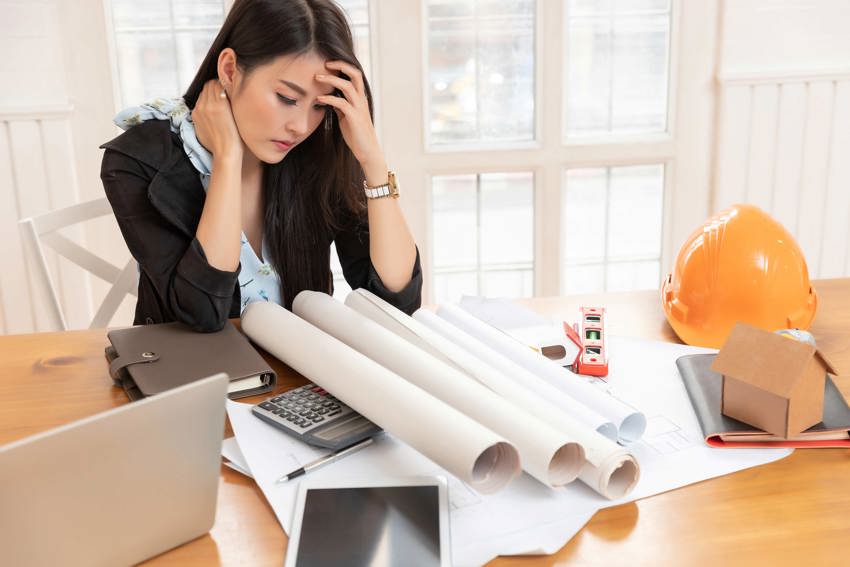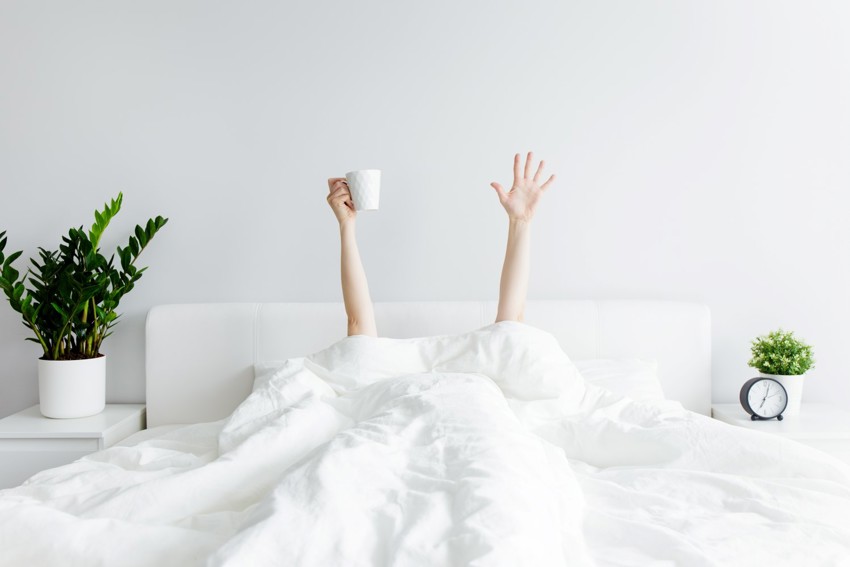Impact on health and well-being
As we spend so much time indoors, the indoor environment can make a dramatic impact — both positively or negatively — on our health and well-being.

We spend 90% of our time indoors
Where does this very much-quoted statistic come from?
Surprisingly there were many studies performed at the 20th century gathering human activity patterns and human exposure data. A marginal study conducted in America and published in 2001 was based on the idea of time-budget and money. In other words, a time-budget for a person which has 24-hours of different activities and one wants to quantify or 'money-fy' it.
What do we mean by health and well-being?
Health is the status of a persons physical and mental condition. Good health is about the mind as well as the body, i.e. feeling physically fit and feeling good within our self.
Well-being is the value of the quality of a person's life. In other words, well-being is the state of being comfortable, healthy and happy.
Peoples' health and well-being are determined by a complex combination of many human and environmental factors, including those related to the built environments.
Building-related symptoms and issues
Historically, in a naturally ventilated residential building fresh air is secured by either openings next to the windows or cracks through old windows frames or even infiltration through walls. Thus the air change was done mainly due to the infiltration process.
The 1980's were heady times, as the focus was on energy savings due to the crisis. After making building insulateds and airtight in order to secure a low energy bill, the natural ventilated building no longer provides its occupant with fresh air.
Nowadays, all new buildings are built as energy-efficient and airtight as possible. Therefore there is a great need for ventilation system to provide a qood indoor environment at all times.
We know, if our indoor environment isn't balanced not only do we have short-term side effects, it also can also cause long-term implications for us. With repeated, long-term exposure, the risks may increase significantly. Prolonged exposure can potentially lead to the following symptons such as mood changes, respiratory and cardiovascular diseases, neurological disorders, cancer, and other health conditions.
Other health effects may show up either years after exposure has occurred or only after long or repeated periods of exposure. These effects, which include some respiratory diseases, heart disease and cancer, can be severely debilitating or fatal.
We take a look into the concept of building-related symptoms and issues (originating around the 1980's), where the health of our buildings wasn't changing for the best — and it's during this time that the phrase sick building syndrome (SBS) was first coined. And also leading to today's use of other terminology as building-related ilnesses (BRI).
Find out more about building-related symptoms and issues


How well do you sleep?
Sleep quality is affecting us and our whole day, even our whole life. We spend about 1/3 of our time sleeping (on average, an adult person needs 7-8 hours of sleep per night), so this time has affect on our health and well-being in our lifes.
Sleep quality can be defined as an individual's self-satisfaction with all aspects of the sleep experience. The sleep experience includes factors such as the number of hours a person sleeps in relation to the amount of time a person spends in bed, the duration of actual sleep, how long it takes to fall asleep, and the amount of time a person spends awake in bed after being fully awakened.
Our sleep needs to be restful and restorative. After a good night's sleep, individuals feel mentally sharp and rested. Muscle repair, tissue growth and many other essential processes occur primarily during sleep, thereby affecting wellbeing and quality of life.
And the environment we sleep in — be it outdoors but mainly indoors — has a great effect on quality and quantity of our sleep. In terms of creating a good indoor environment in a bedroom or room where sleep is of main priority, there are several things that are worth to be considered.
Reasonably, there are countless parameters that affect the impression of a bedroom, such as lighting, sound level, design elements, textiles, etc. However, the indoor climate can very well be the most important factor to acknowledge. To mention a few of the aspects that may need to be adjusted in relation to the indoor climate in the bedroom is temperature, humidity level, airflow and pollution.
Discover more about sleep quality and its effect
We are biologically adapted for a continuous supply of fresh air.Anonymous